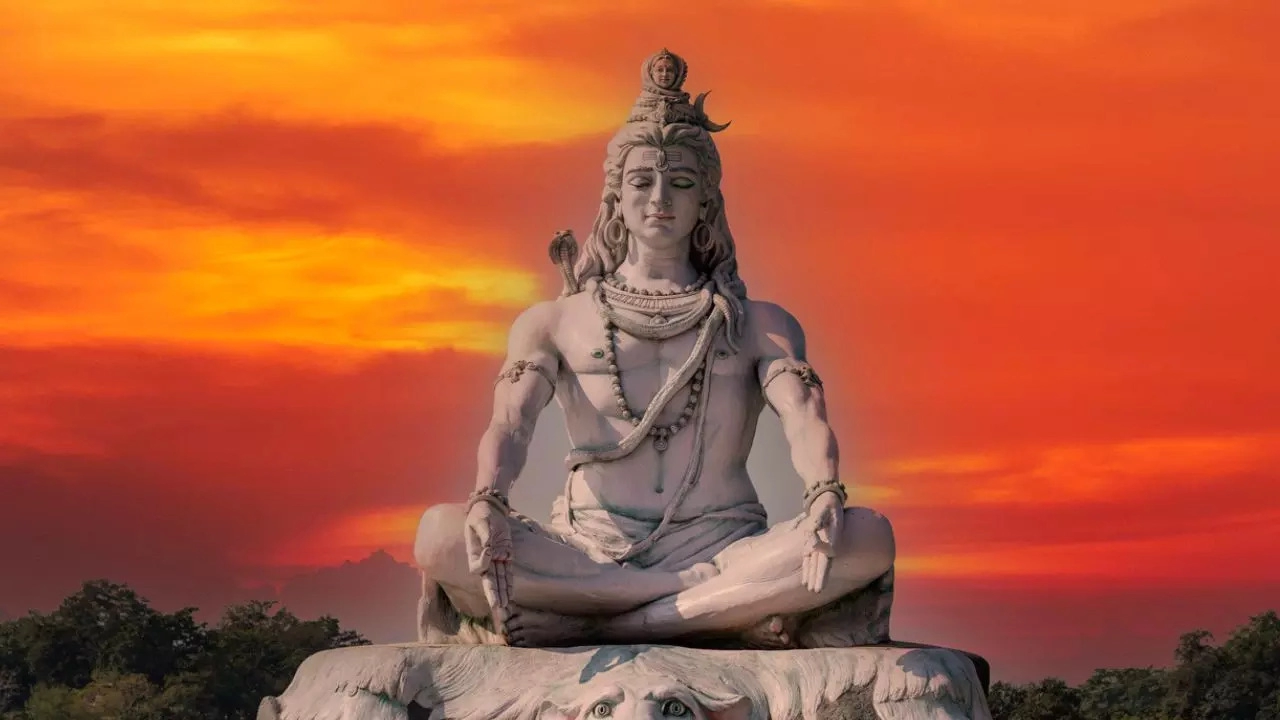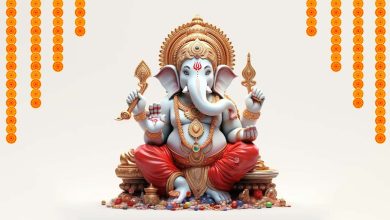Why is Sawan Month Considered Auspicious in Hinduism?
Unlock the Divine Blessings: The Auspiciousness of Sawan Month in Hinduism
Unlock the Divine Blessings of Sawan Month

The month of Sawan, also known as Shravan, is one of the most revered and auspicious periods in the Hindu calendar. It typically falls during July and August and is dedicated to Lord Shiva, one of the principal deities in Hinduism. This holy month is marked by various rituals, fasting, and worship, drawing millions of devotees who seek divine blessings, spiritual growth, and the fulfillment of their wishes. The significance of Sawan extends beyond religious practices, encompassing mythological, spiritual, and cultural dimensions. This article explores the reasons why Sawan month is considered auspicious in Hinduism.
Mythological Significance
The auspiciousness of Sawan is deeply rooted in Hindu mythology, particularly in the legend of Samudra Manthan, or the churning of the ocean. According to this legend, the devas (gods) and asuras (demons) collaborated to churn the ocean to obtain Amrit, the elixir of immortality. During this process, a deadly poison called Halahal emerged, threatening to destroy the universe. Lord Shiva, known for his compassion and willingness to protect the cosmos, consumed the poison to save creation. His throat turned blue from the poison, earning him the name Neelkanth (the blue-throated one). This self-sacrificial act took place during the month of Sawan, making it a sacred period for the worship of Lord Shiva.
Spiritual Significance
Sawan is considered a spiritually potent time, ideal for engaging in various religious and spiritual practices. Devotees believe that worshipping Lord Shiva during this month brings immense spiritual benefits, including inner peace, enlightenment, and a stronger connection with the divine. The rituals and fasting observed during Sawan are believed to purify the soul, cleanse sins, and enhance one’s spiritual growth.
Rituals and Observances
1. Sawan Somwar Vrat
One of the most significant observances during Sawan is the Sawan Somwar Vrat, a fast observed on Mondays. Lord Shiva is believed to be especially receptive to prayers and offerings made on Mondays during this month. Devotees visit Shiva temples, offer milk, water, bel leaves, and flowers to the Shiva Linga, and chant mantras dedicated to Lord Shiva. Fasting on Sawan Mondays is believed to bring blessings, prosperity, and the fulfillment of wishes.
2. Kanwar Yatra
The Kanwar Yatra is a major pilgrimage undertaken by devotees of Lord Shiva, known as Kanwariyas, during the month of Sawan. They travel to holy places such as Haridwar, Gaumukh, and Gangotri to collect sacred water from the river Ganga. This water is then carried back and offered to the Shiva Linga in their hometowns. The journey is seen as a test of devotion, endurance, and faith.
3. Shravan Mondays
Apart from the Sawan Somwar Vrat, other Mondays in the month are also considered highly auspicious for the worship of Lord Shiva. Devotees often perform Rudra Abhishek, a special form of worship involving the ceremonial bathing of the Shiva Linga with water, milk, honey, and other sacred substances. Chanting the Maha Mrityunjaya Mantra and the Shiva Panchakshari Mantra during this time is believed to invoke the blessings and protection of Lord Shiva.
Festivals Celebrated During Sawan
The month of Sawan is rich in cultural and religious festivities. Several important Hindu festivals fall within this period, each with its unique significance and rituals.
1. Nag Panchami
Nag Panchami is a festival dedicated to the worship of serpents, which are considered sacred in Hinduism. Devotees offer milk and prayers to snake idols and images, seeking protection from snake bites and other dangers. The festival highlights the reverence for all forms of life and the interconnectedness of nature.
2. Hariyali Teej
Hariyali Teej is celebrated primarily by women to commemorate the reunion of Lord Shiva and Goddess Parvati. Women dress in green attire, symbolizing nature and fertility, and perform rituals to seek marital bliss and the well-being of their families. Singing traditional songs and participating in folk dances are also integral parts of the celebration.
3. Raksha Bandhan
Raksha Bandhan, also known as Rakhi, is a festival that celebrates the bond between brothers and sisters. Sisters tie a protective thread (rakhi) on their brothers’ wrists and pray for their well-being, while brothers promise to protect their sisters. The festival reinforces familial bonds and the importance of love and care among siblings.
4. Janmashtami
Janmashtami, the birthday of Lord Krishna, often falls during the month of Sawan. Devotees celebrate this festival with great enthusiasm, performing rituals, singing bhajans (devotional songs), and enacting scenes from Krishna’s life. The festival emphasizes the teachings of Lord Krishna and his role in guiding humanity towards righteousness.
Environmental and Agricultural Significance
Sawan coincides with the monsoon season in India, bringing much-needed rain to the subcontinent. This period is crucial for agriculture, as the rains rejuvenate the land and support the growth of crops. The month is often associated with lush greenery and the blossoming of flowers, symbolizing fertility, renewal, and the nurturing aspect of nature. Many festivals and rituals during Sawan celebrate this natural abundance and express gratitude to the divine forces that sustain life.
Health Benefits of Observing Sawan Vrats
Observing fasts and adhering to the dietary restrictions during Sawan can have various health benefits. The sattvic diet, consisting of fruits, milk, and light foods, promotes detoxification and provides a break from the regular diet. Fasting can also improve digestion, enhance mental clarity, and boost overall well-being. The practice of waking up early, taking holy baths, and engaging in physical activities like the Kanwar Yatra contribute to a healthier lifestyle.
Cultural and Social Impact
The month of Sawan fosters a sense of community and collective devotion among Hindus. The various festivals, rituals, and pilgrimages bring people together, reinforcing social bonds and shared cultural values. Participating in these activities strengthens the sense of belonging and continuity of traditions, passing down cultural heritage from one generation to the next.
Symbolism in Sawan Rituals
The rituals and practices observed during Sawan are rich in symbolism. The offerings made to Lord Shiva, such as bel leaves, water, and milk, represent purity, devotion, and the essential elements of life. The fasting and dietary restrictions signify self-control, discipline, and the commitment to spiritual growth. Chanting mantras and performing pujas are ways to connect with the divine, seeking inner peace and enlightenment.
The Role of Women in Sawan Observances
Women play a significant role in the observance of Sawan rituals and festivals. Many of the vrats and celebrations, such as Mangala Gauri Vrats and Hariyali Teej, are primarily observed by women. These rituals provide a platform for women to express their devotion, seek blessings for their families, and participate actively in religious and cultural traditions. The emphasis on marital harmony, family well-being, and the nurturing aspect of women highlights their central role in maintaining the cultural fabric of Hindu society. Just as we know Why is The Hindu Festival Onam be Celebrated?
Conclusion
The month of Sawan is a deeply significant and auspicious period in Hinduism, marked by a rich tapestry of mythological, spiritual, cultural, and environmental aspects. The observance of Sawan rituals, fasting, and festivals fosters a deep sense of devotion, spiritual growth, and community bonding among Hindus. The reverence for Lord Shiva, the celebration of nature’s abundance, and the emphasis on familial and social harmony make Sawan a truly special time in the Hindu calendar. As devotees engage in these practices with sincerity and devotion, they not only seek the blessings of the divine but also contribute to the preservation and continuity of their rich cultural and spiritual heritage. Har Har Mahadev!

